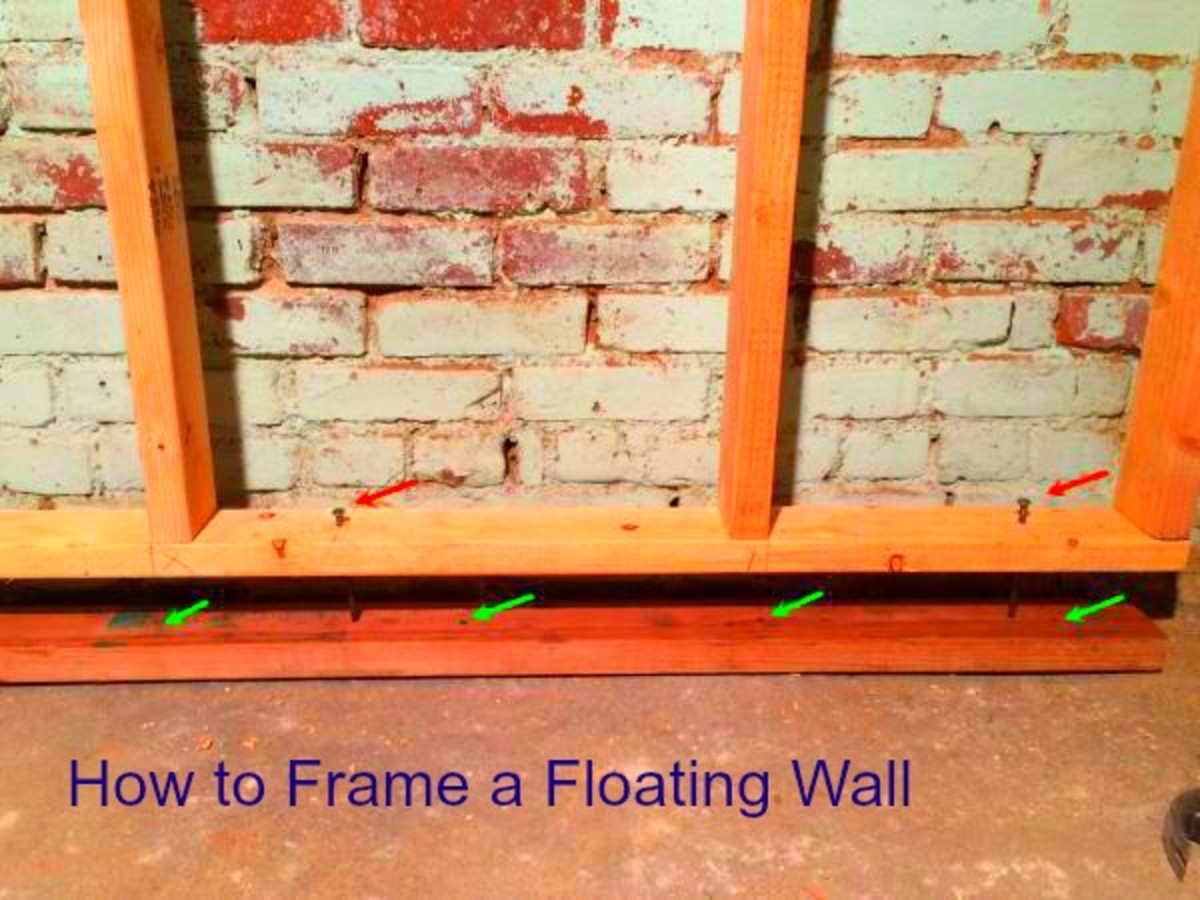Grant Writing Tips: Framing The Problem
Grants 101
I talk with a lot of people who are curious about writing and getting grants. It is a very popular topic from time to time. One of the most frequent questions I am asked in these discussions is "how do I present my problem in a way that makes my grant more likely to get the funding I need?" This is a very good question and one that every grant writer needs to address. Writing a grant in itself is a time consuming process and the problem statement portion can be rather intimidating to those who are not familiar with how to approach it. I like to use this description to explain the process we use to present the problem in a way that gives granters and foundations the best way to view our situation.
The problem is a delicate painting. It needs to be treated as such. The goal is to bring out the details of that painting to make the person seeing it realize the importance it has. To protect a painting we put it in a frame. The problem in a grant needs to be placed in a frame of details that will give the grantor the best information to decide whether or not our project is worthy of funding. Our problem needs a frame of valuable details and information so it will stand out and showcase it's importance. Of course we in the grant writing world call this "framing the problem".

Framing the problem
This part of the grant writing process is one that requires the most intricate approach to details and facts. To really frame a problem you have to answer 8 not so simple questions. These are known as the 8 Ws. I know, I know, usually it is the 5 Ws but when writing a grant we want to go those few extra miles. You have to go further than the work requires and really get your hands dirty so to speak.
The 8 Ws are.
- WHO is affected by the problem?
- WHAT is happening that makes this a problem?
- WHERE is this happening at? (be descriptive)
- WHY is this a problem?
- WHAT else can you tell us about it?
- WHO else thinks it is a problem? (This is where you want to use expert witnesses)
- WHAT are the underlying causes of the problem?
- WHAT are the affects of the problem? Present, and future.
Working with the 8 Ws
Let's put this into perspective a little bit. We will create a grant proposal situation and apply the Ws to the grant. This will demonstrate how this will assist you in your own grant writing endeavors.
You have been approached by your city council to pen a grant to place traffic lights, a crosswalk, and walk/don't walk signs at a new intersection that was put in recently to accommodate a new shopping complex. Without these safety means the site has been hosts to numerous automobile accidents, and the city fears someone will eventually get struck by a vehicle.
Are you ready to frame this problem?

WHO is affected?
The WHO in this one is fairly easy to tackle. Any person driving or walking through this intersection is the WHO. Simple right? Not really. We have to look at the painting in the bigger picture. The problem is much larger than just drivers and pedestrians on foot or bike. The businesses that are set up in the shopping complex are also being affected by this dangerous intersection. Drivers may try other streets and roads to avoid possible collisions. Always approach the who with a more broader scope than just the obvious. Let's actually look at who all this problem affects.
- The drivers who drive the intersection.
- The people who walk through or ride bikes at the intersection
- The business owners who may loose profit from the dangerous conditions
- The EMTs who respond to the calls
- The fire department who responds to the calls.
- Police officers who respond to the calls.
You now have a very wide range of people who are directly affected by this new intersections lack of safety precautions.
WHAT is happening?
The what here is pretty straight forward. Automobile accidents are on the rise due to the lack of safety precautions at this new intersection. This rise in accidents is causing resources to be used more frequently and this could put a financial drain on the city.
The WHAT is really just the outcome of the problem happening. It is usually the easiest of the 8 Ws to answer.
WHERE does this happen?
While sounding as simple as the exact location, the where is a little more than that. Granters want to know the city, street address and even geographical details about the location. This seems complex but really it is a simple part of the 8 Ws process and one that needs to be handled with serious detail.
WHY is this a problem?
The why ties directly into the WHAT is happening portion of the frame. Think of them as the corner or your frame. In our situation the why is the threat to human life and property. Our why is one that goes very deep in perspective. Let's explore what I mean by "deep".
Several why's exist here. Let's embrace a few.
- people are being injured in automobile wrecks
- property damage to vehicles is a concern
- the businesses are losing customers due to the unsafe circumstances
- the city is using large sums of money responding to the incidents
- fear of a person being struck by a motor vehicle
These are prime examples but we can even go deeper into the rabbit hole. The injuries lead to people being out of work and thus the economy is hurt. This may be taking it to far though. Use your better judgement on how "deep" you want to take the WHY.
WHAT else can you tell us about the problem?
This is were you want to list some miscellaneous facts and you may want to drop some statistics here. Put a chart of how the wrecks have increased, or show the cost increase for emergency responders. This is the cold hard facts section of our Ws frame.
WHO else thinks this is a problem?
This is where we like to use what I call expert witnesses. Granters look highly on the comments of elected officials and experts. In our case you may want to get comments directly from city council members and even the chief of the fire department. This would also be a good time to chime in your phone ability and contact the department of highways and start getting quotes on just how dangerous the situation is. Any expert who can give credit here is going to be a plus for your cause.
WHAT are the underlying causes?
What is making the problem happen. In our case economical growth is the true underlying problem. A new shopping center spawned the need for a new intersection and thus created a whole scope of issues that need to be addressed.
The underlying cause is sometimes difficult to dig up and needs to be approached in the most detailed way you can. Always look for every aspect that is causing this issue.
WHAT are the affects?
Yet another corner piece to our frame. The affects are what is happening as a result of our problem. Don't just focus on the present, give details about the future and what may happen as a result of the problem not being solved.
Our effects are injuries to people and possibly even death as well as a draining on city resources that could be prevented with the funding of our grant. This is a good place to hint at solutions but don't go all out on the details. That will come later on in the grant.
Congradulations!
You now have the basic understanding of framing a problem within a grant. The biggest tip I can offer is research every aspect from every angle. It is time consuming but it could mean the difference in getting funded and a rejection letter.






